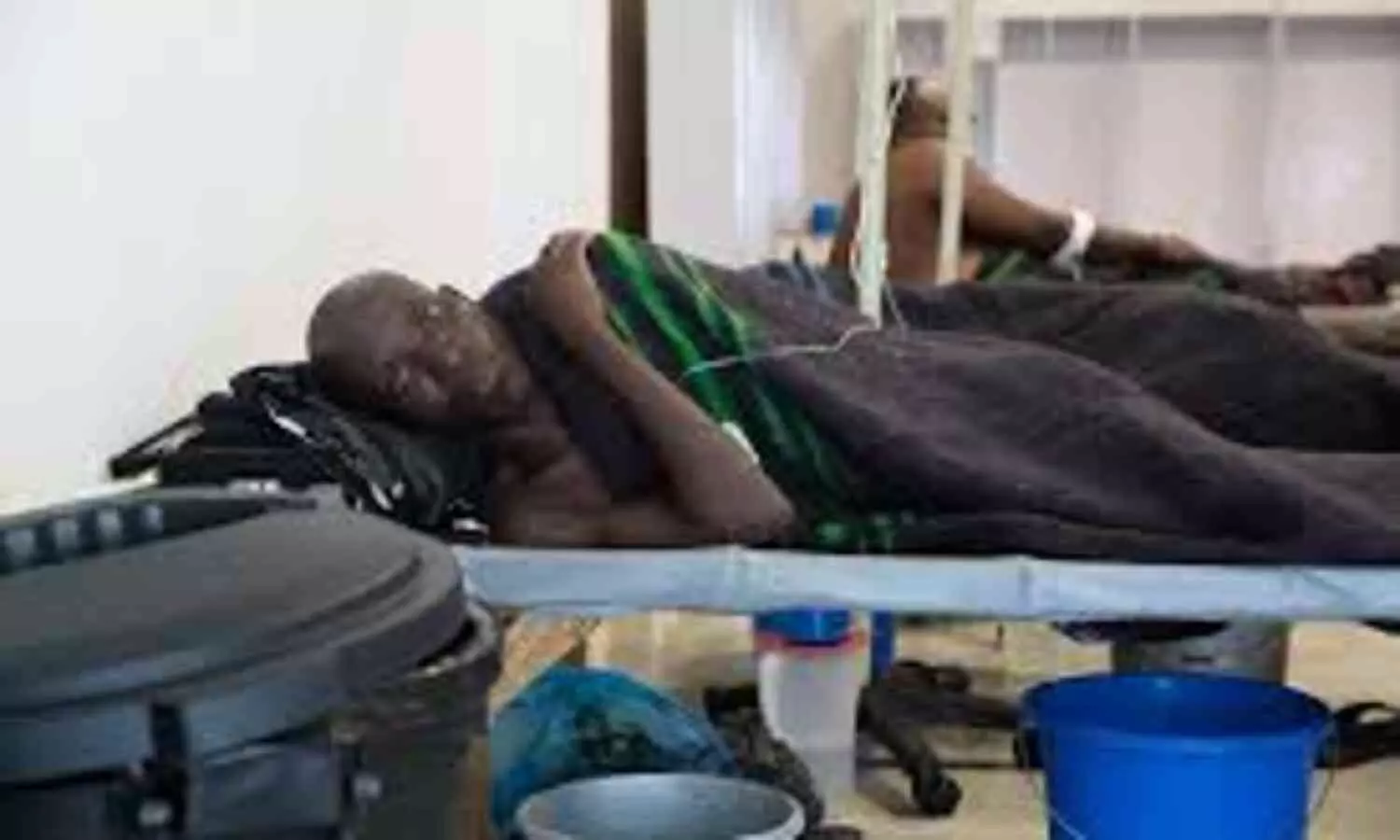Zambia's District Sees Over 100,000 Vaccinated in Cholera Immunization Drive

Lusaka: Chililabombwe, Zambia's hardest-hit district in Copperbelt Province, has successfully vaccinated 104,585 people with the oral cholera vaccine amid an ongoing outbreak, Minister of Health Elijah Muchima announced. This figure accounts for 81% of the targeted 129,837 residents.
The vaccination campaign, which commenced last Friday, is being conducted in collaboration with key stakeholders, including the World Health Organization (WHO), the United Nations Children's Fund (UNICEF), and the Red Cross. According to IANS, Muchima expressed optimism that the outbreak would soon be contained, citing intensified efforts from all government ministries.
"With enhanced measures in place and all line ministries putting their hands on deck, we are confident that the cholera outbreak will be contained in the soonest," he stated during a press briefing on Monday.
As part of broader intervention efforts, authorities have installed water tanks and are supplying treated water at key locations for handwashing. Plans are also underway to drill eight boreholes in strategic areas to improve access to clean water, Muchima added.
Copperbelt Province has been battling the cholera outbreak since January, recording 206 cases as of February 9. This accounts for the majority of Zambia's total 238 reported cases, according to the Ministry of Health. The province has also recorded all eight cholera-related deaths, Xinhua news agency reported.
Cholera is a severe diarrheal disease caused by consuming food or water contaminated with the bacterium Vibrio cholerae. The World Health Organization describes it as a global public health threat, often signaling inadequate access to clean water, sanitation, and hygiene.
Most cholera cases result in mild to moderate diarrhea, which can be managed with oral rehydration solutions (ORS). However, severe cases can rapidly become life-threatening without immediate treatment. According to IANS, those with acute symptoms require intravenous fluids, ORS, and antibiotics.
The disease can cause severe, watery diarrhea, leading to fatal dehydration within hours if left untreated. While many infected individuals do not exhibit symptoms, they can still spread the bacteria through their feces for up to 10 days. Symptoms typically appear between 12 hours and five days after exposure.


